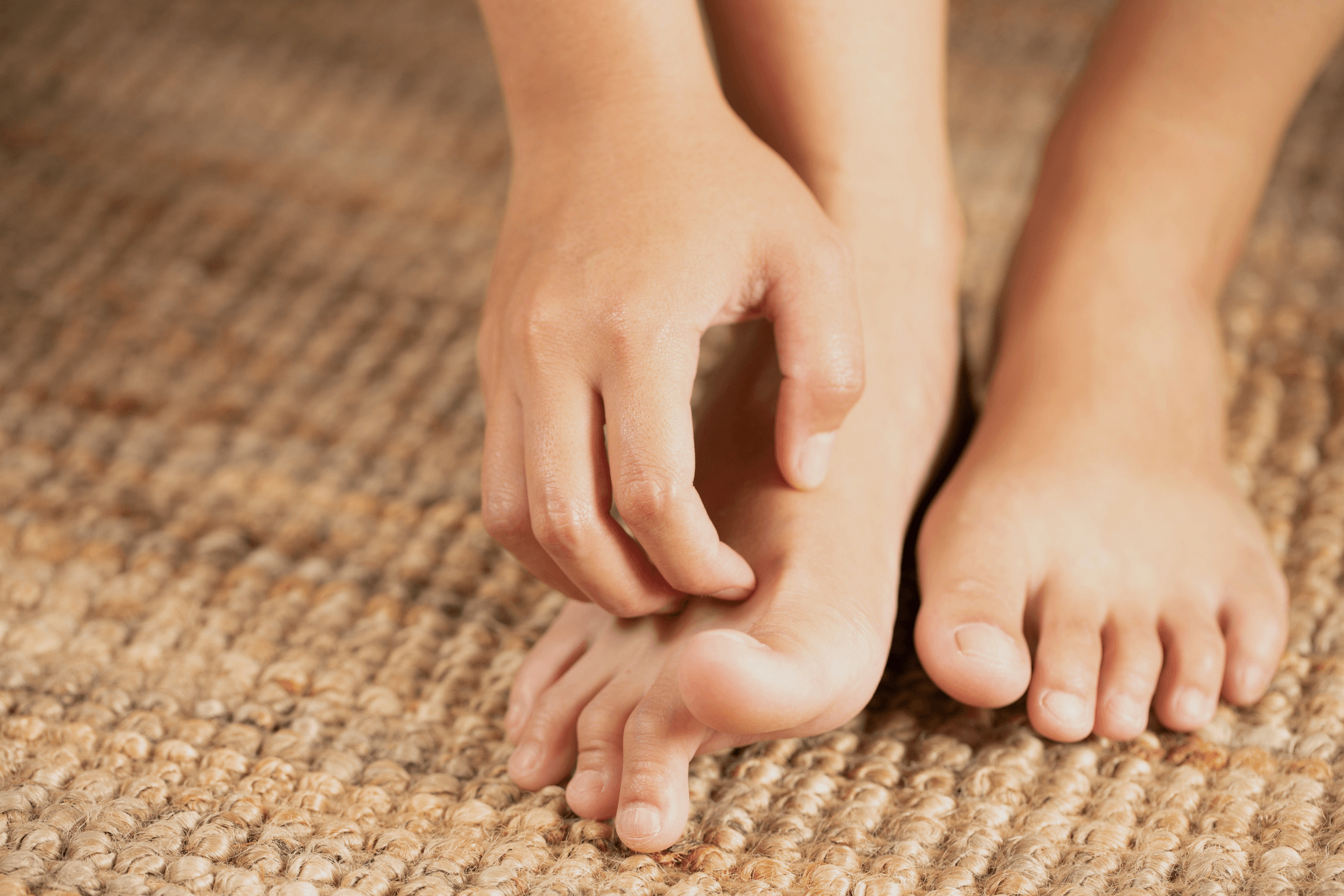Athlete’s foot, a prevalent fungal infection, affects many young individuals, especially those with active lifestyles. While common over-the-counter treatments like foot sprays and odor-control products are often used, they frequently fall short of providing lasting relief. In this blog, we’ll delve into the causes of athlete’s foot, why certain treatments may not be effective, and expert-backed strategies to prevent and treat this condition.
The Role of Hyperhidrosis in Athlete’s Foot
Athlete’s foot, or tinea pedis, thrive in moist, warm environments. One of the primary contributors to this condition is hyperhidrosis, excessive foot sweating. This moisture creates the ideal environment for the fungus to flourish. Young individuals, particularly athletes, are more prone to hyperhidrosis due to high activity levels, tight footwear, and poor foot hygiene.
To truly tackle athlete’s foot, it’s crucial to manage hyperhidrosis. Reducing sweat minimizes the moisture that supports fungal growth, making it harder for the infection to take hold.

Why Over-the-Counter Solutions May Not Work
Many young people turn to products like odor eaters or sprays to manage athlete’s foot. While these items may mask odors or provide temporary relief, they don’t address the root cause—excess moisture and fungal growth.
To effectively combat athlete’s foot, our expert podiatrist suggests a more comprehensive approach:
- Drysole: A product designed to combat hyperhidrosis, Drysole helps reduce sweating, keeping feet dry and preventing fungal growth.
- Clean Sweep: This antimicrobial spray eliminates fungus and helps prevent reinfection when used on shoes and socks.
Using these treatments together addresses both the fungal infection and the excessive moisture that fuels it.
Choosing the Right Socks for Athlete’s Foot
The socks you wear can have a significant impact on preventing and managing athlete’s foot. Cotton socks, common among young individuals, absorb moisture, making them a breeding ground for fungus. Consider these alternatives:
- Merino Wool Socks: Naturally moisture-wicking, merino wool keeps feet dry and comfortable.
- Acrylic Fiber Socks: These lightweight socks reduce moisture buildup, making them an excellent choice for active individuals.
Avoid cotton socks, as they trap moisture, promoting fungal growth.
Long-Term Prevention Tips
To prevent athlete’s foot from recurring, take these steps:
- Maintain Foot Hygiene: Wash feet daily with soap and water, ensuring you dry them thoroughly, especially between the toes. Use a clean towel each time, and avoid sharing towels.
- Wear Breathable Footwear: Choose shoes made of breathable materials like mesh or leather. Rotate your shoes regularly to allow them to dry out.
- Use Preventative Products: Apply Drysole to manage sweat and Clean Sweep to disinfect shoes and prevent fungal buildup.
- Opt for the Right Socks: Choose moisture-wicking socks made from materials like merino wool or acrylic fibers. Change socks daily or more often if your feet sweat excessively.
When to Schedule an Appointment
If athlete’s foot persists despite home remedies, it’s time to consult our seasoned podiatrist. Chronic infections may require prescription-strength antifungal treatments or other medical interventions, particularly for severe hyperhidrosis.
For young individuals who lead active lives, athlete’s foot can be an ongoing frustration. By understanding how hyperhidrosis contributes to the condition and adopting the right treatments—like Drysole, Clean Sweep, and proper sock choices—you can effectively manage and prevent this fungal infection. Take action today and contact us to protect your feet and enjoy a fungus-free lifestyle.
